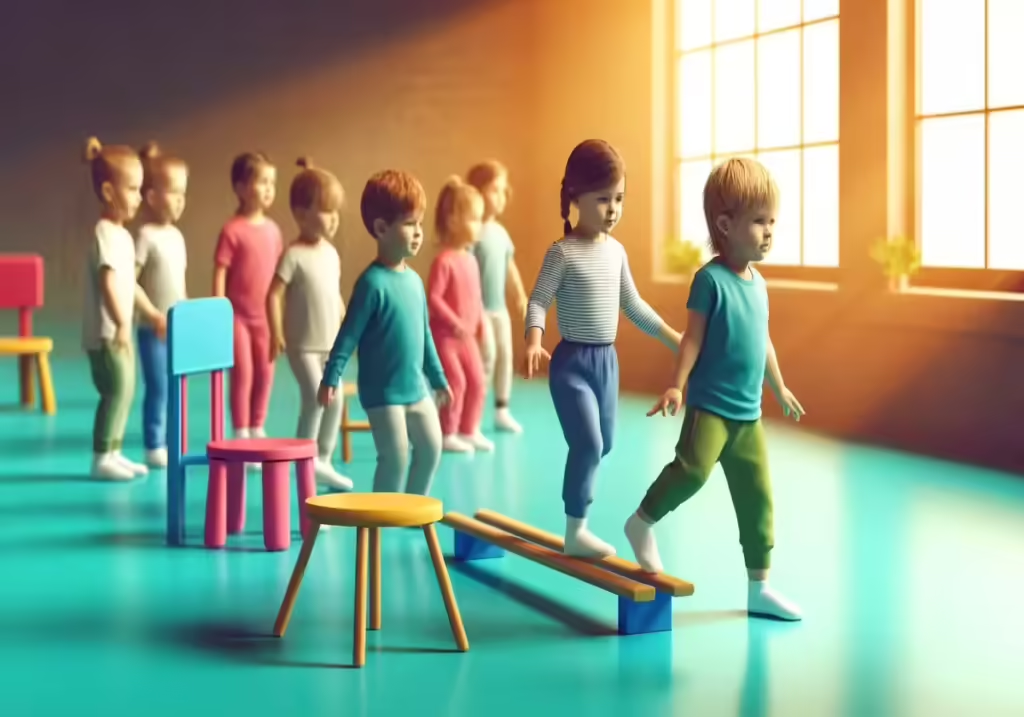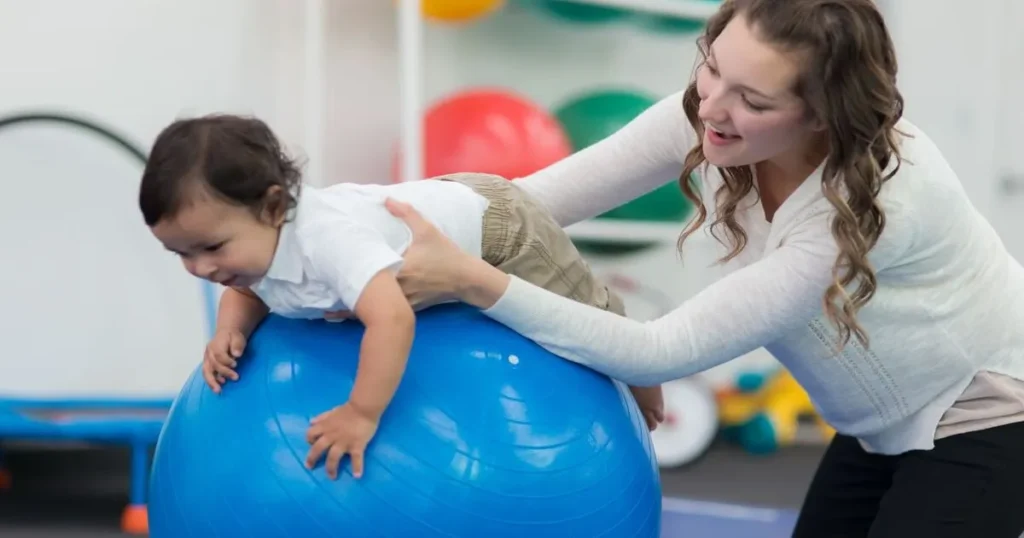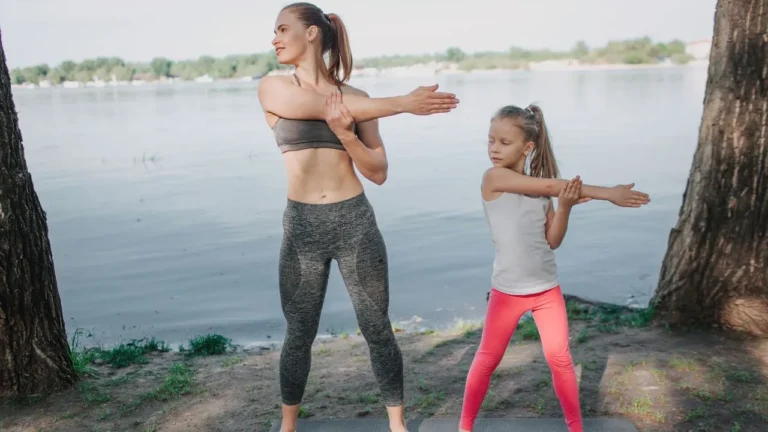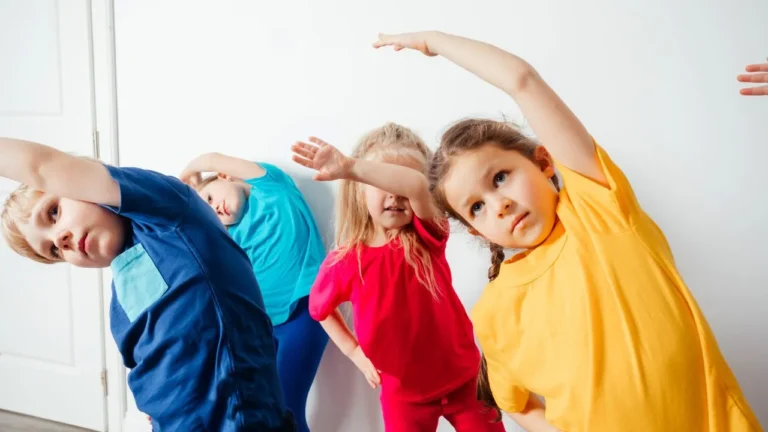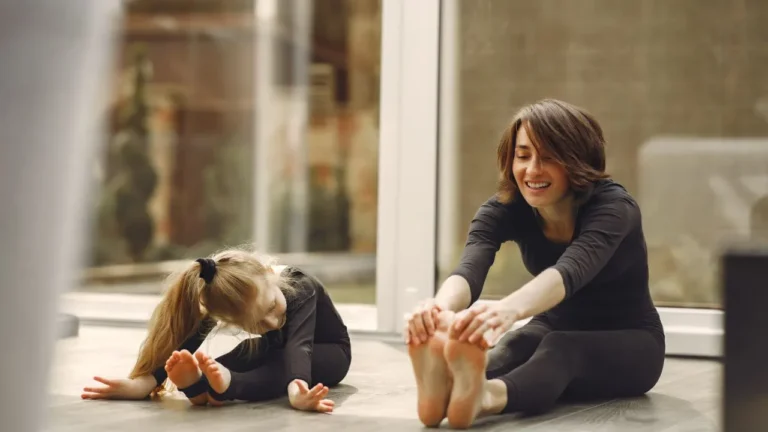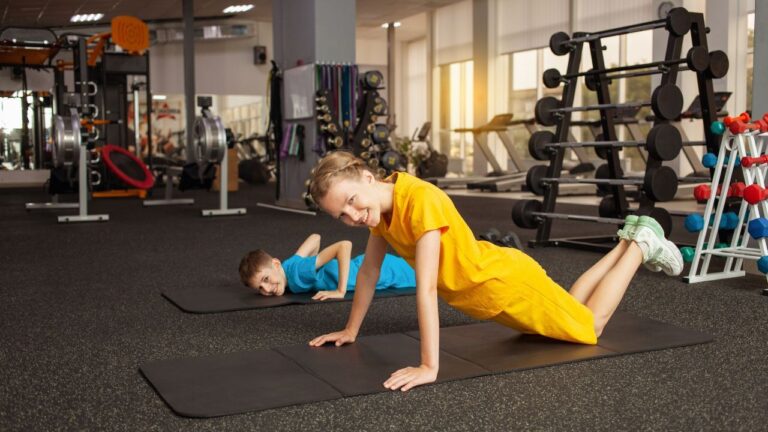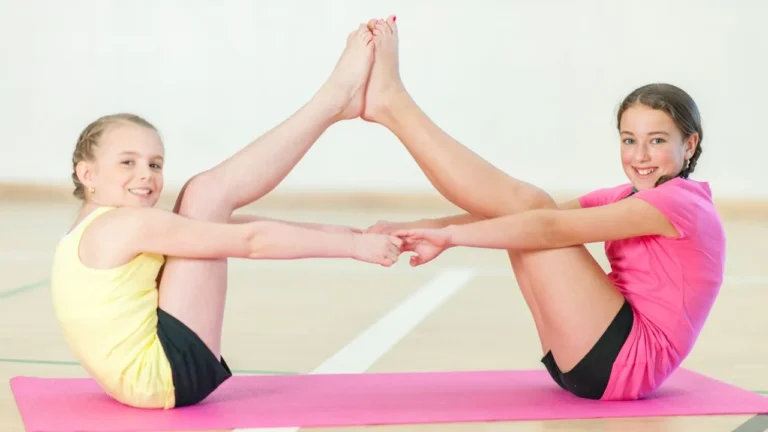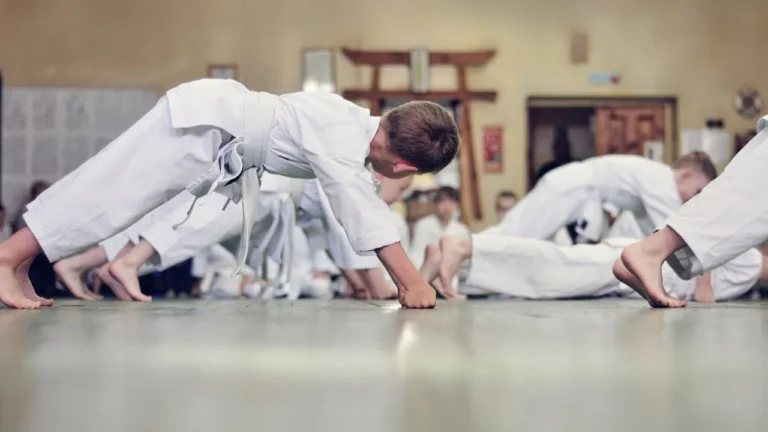Developing Balance Skill in Preschoolers Through Playground Activities

Balance isn’t just a skill; it’s a cornerstone of child development. Imagine your child navigating the playground with ease, participating in activities that not only make them giggle but also improve their balance and coordination.
This article is a treasure trove of insights, activities, and developmental milestones that will help you guide your preschooler toward mastering balance skills.
So, why is this a must-read? Because the playground isn’t just a place for fun, it’s a developmental OT toolbox in disguise.
What is the Importance of Balance and Coordination in Child Development?
Balance and coordination are foundational skills in child development that extend far beyond just physical prowess. These abilities are crucial for everyday activities and overall well-being, allowing children to engage safely and effectively in various tasks and physical play.
Why Balance and Coordination Matter
Activities to Enhance Balance and Coordination
According to Kid Sense Child Development, good balance and coordination are essential for fluid body movement and effective task performance. These skills help minimize fatigue and prevent injuries by enabling appropriate postural responses during physical activities.
The OT Toolbox emphasizes that balance development is linked to the cerebellum and vestibular system, which coordinate the body’s responses to maintain stability.
Miracle Recreation highlights the importance of engaging in playground activities to foster these essential skills, noting that such play helps children develop core strength and body awareness.
Developing balance and coordination is vital for a child’s overall development. These skills support physical, social, and academic growth, providing a foundation for a healthy and active life.
Encouraging children to participate in diverse activities that challenge and enhance their balance and coordination will set them up for success in various aspects of their lives.
How Can Static Balance Be Improved in Preschoolers?
Static balance refers to the ability to maintain a controlled body position for an extended period. Balance exercises like standing on one foot or balancing on a low balance beam can help improve static balance.
These activities challenge their balance and help in building core strength and postural control. My niece, for instance, started by standing on one foot while holding onto a chair and gradually moved to do it without support. The transformation was remarkable!
What Role Does the Playground Play in Developing Balance?
Ah, the playground, a child’s paradise, and a parent’s developmental toolbox. Activities like climbing, swinging, and even simple walking balance on uneven surfaces can help children develop balance and coordination skills. The playground is also a fantastic place for children to practice balance in a dynamic setting, enhancing both their physical skills and body awareness.
How to Develop Dynamic Balance in Children?
Dynamic balance is the ability to move and adapt while maintaining balance. Activities that require running, hopping, or even dancing can improve dynamic balance. For example, my neighbor’s kid loves playing “The Floor is Lava,” where he jumps from one piece of furniture to another. This not only makes him laugh but also challenges his dynamic balance.
What Milestones Should You Look for in Your Child’s Balance Skill Development?
Milestones can vary, but generally, by the age of 5, a child should be able to hop on one foot, walk backward, and even skip. These are indicators of good balance and coordination skills. Keep an eye out for these milestones as they can provide valuable insights into your child’s development.
How Can Activities for Preschoolers Support Balance?
Preschoolers are at a stage where their gross motor skills are rapidly developing. Activities like stacking blocks, catching a ball, or even simple coloring can help in refining skills and improving balance. These activities not only engage the child but also help in bilateral coordination and hand-eye coordination.
How Do Fine Motor Skills Complement Balance?
Fine motor skills like holding a pencil or buttoning a shirt require a different kind of balance and coordination. These refined skills are essential for daily activities and are often developed through play. For example, threading beads onto a string can help improve hand-eye coordination, which in turn supports balance.
How Can You Strengthen Your Child’s Core and Postural Control?
Core strength and postural control are the backbones of good balance. Activities like yoga or even simple exercises like planks can help strengthen the core. My friend’s daughter started practicing child-friendly yoga poses, and the improvement in her balance was noticeable within weeks.
See a Range of Tools For Kids Here!
What Occupational Therapy Activities Can Assist in Enhancing Balance and Coordination?
Occupational therapy offers a treasure trove of activities specifically designed to boost balance and coordination in children. Not only do these exercises challenge a child’s ability to maintain equilibrium, but they also contribute to the development of essential life skills.
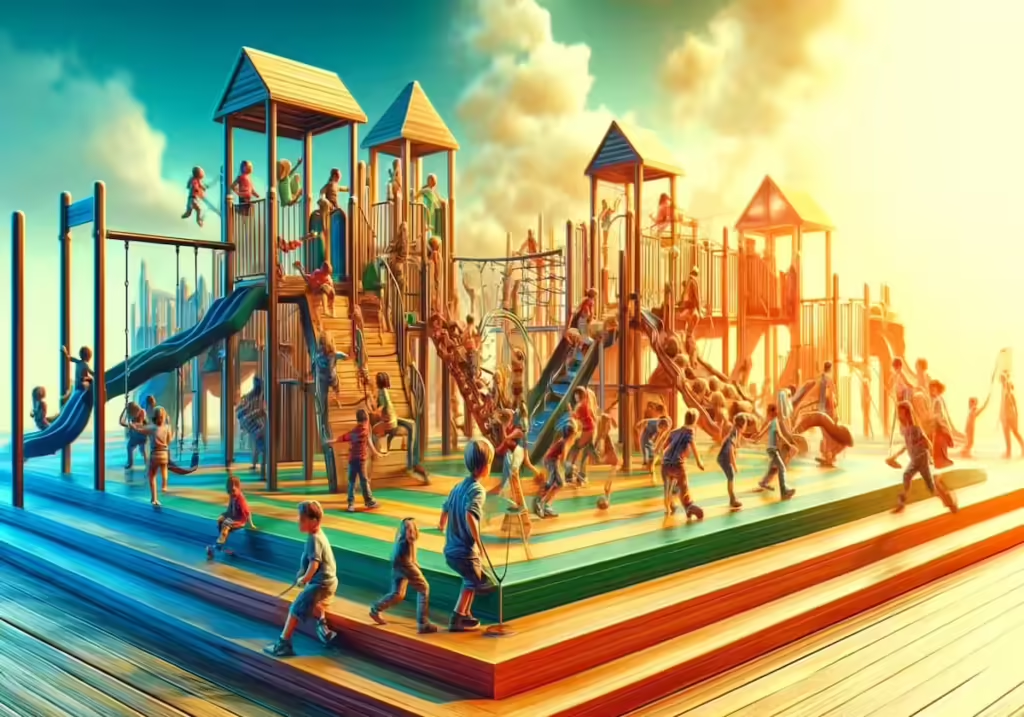
List of Occupational Therapy Activities for Balance:
So, the next time you’re looking to enhance your child’s balance and coordination, consider these occupational therapy activities. They’re not just games; they’re stepping stones to a balanced life.
Key Takeaways
Remember, balance isn’t just a skill; it’s a gateway to a world of activities and experiences for your child. So the next time you’re at the playground, see it as more than just a place for fun; it’s a developmental wonderland.

